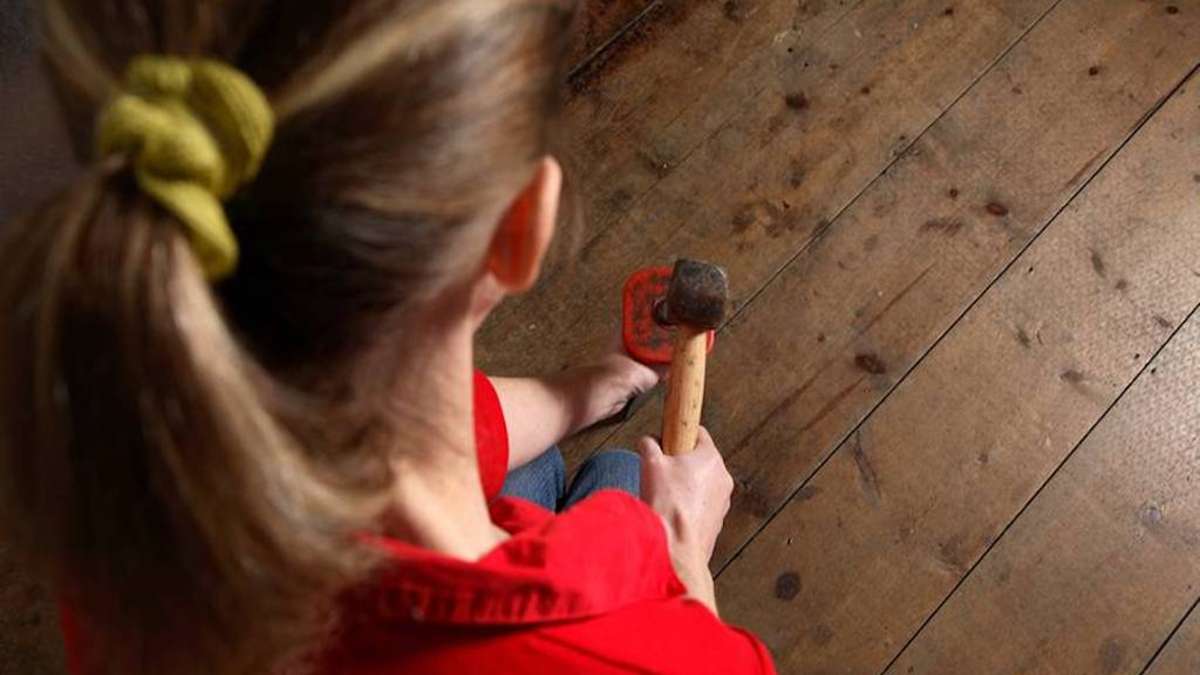
| Hardwood floors look and feel great underfoot, but they can suffer from an annoying drawback. Being made from a natural material that responds to changes in temperature and humidity means that the boards can shift and shrink over time, resulting in irritating squeaking as they rub against each other. Fortunately, there are a number of things you can do to reduce or eliminate troublesome squeaks.
What causes floorboard squeak? When your oak floorboards were first installed, they should have fitted perfectly. The boards themselves would have been air dried for a long period – typically a year per inch of thickness – after being sawed from the trees, and possibly kiln-dried too. Then they should have been left for a couple of weeks in your home to adjust to the specific temperature and moisture levels. Even then, however, there is likely to be some further drying, shrinkage and settling after the planks have been nailed down. There are three main factors that cause squeaking:
These can all be addressed in various ways. A good temporary fix can be to work talcum powder into any gaps with a brush where there is movement, though this will not last long. More permanent solutions involve re-fixing the boards to their joists or packing the gaps to prevent noisy movement. If you have access to the underside of the boards, this will be a simpler job. If not, there are still various strategies you can use. Fixing from below If you can access the space underneath the boards – for example, if they are stairs, or above a basement, or there is a crawl space – then your task will be much easier. Staircases are guilty of some of the worst squeaks and groans, because they are made up of so many different parts and there is more to go wrong. However, it is generally easy enough to gain access underneath them. Start by getting someone to walk on the squeaky area while you watch and listen from underneath to pinpoint where the relevant area is. It may help to ask them to tap on the floor when they hit a squeaky board. When you find the problem, you have a number of options:
Whenever you are screwing upwards into a floor, make sure that the screws are long enough to gain a purchase on the hardwood boards, but not long enough to protrude above the surface. Fixing from above In many cases it will not be possible to gain access to the underside of the boards. This need not be a problem – even if your hardwood floor is covered with carpet. When you have found where the creaks are coming from, you can try the following:
Any holes that are left in your hardwood boards can be filled with tinted putty, sanded and re-waxed or varnished to look like the original finish. When you can’t access the underside of a creaky staircase, you can tap glued shims into any obvious gaps from the top. Another method is to glue/nail quarter-round lengths of dowelling at the right angle of each step to help fix boards together. |

